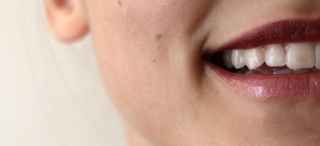For most patients with facial paralysis, the most bothersome issues are the asymmetry of the midface and the inability to smile.
Many patients also complain of difficulty breathing from the nostril on the paralyzed side, drooling, food getting stuck in the cheek, and sometimes difficulty in speech.
Many of the corrective procedures traditionally performed offered only static solutions. These procedures would pull on the paralyzed side in an attempt to provide symmetry but offered no motion. Very often these solutions would be temporary and asymmetries would return.
Improving Motion, Smile, and Symmetry
UT Southwestern Medical Center's approach is to restore motion and the ability to smile. Restoration to the exact degree where it was prior to injury is typically not possible, but via nerve, muscle, and blood vessel transfers, we are able to reproduce some functions and enable patients to smile again.
Many patients also report improvement in eating, breathing through the nose, and even speech. The symmetry at rest is also significantly improved.
Microsurgical Techniques
Smile-restoring procedures require microsurgical techniques in which muscle, nerves, and vessels are transferred from the legs or back to the face.
Most of these motion-restoring procedures require microsurgical techniques in which muscle, nerves, and vessels are transferred from the legs or back to the face. The connections of the nerves and vessels are performed under a microscope, and usually patients spend a few days in the hospital.





